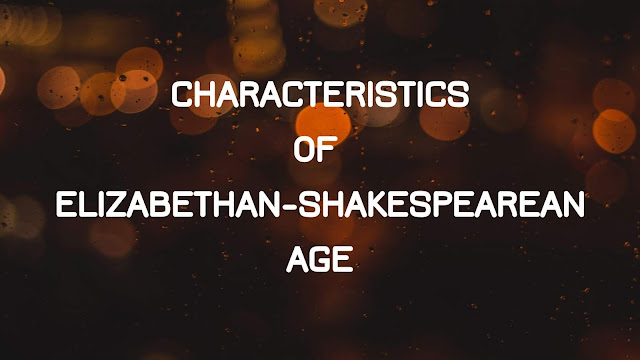Critical Appreciation of 'Because I could not stop for Death' by Emily Dickinson
About the Poetess - Emily Dickenson
Emily Dickenson was an American poetess born in the year 1930. She was highly known to have an isolated and eccentric personality. Her penchant for wearing white clothes made her personality more mystical. She never got married. In the last years of her life, she became even more isolated and was connected with friends through strict correspondence.
She wrote around 1800 poems, but only a dozen of them were published during her lifetime. Death and immortality were recurring topics in most of her works. She achieved fame posthumously. She is now considered as one of the most important American poets of all times.
Her Major Works
- Success is counted sweetest
- Wild nights - Wild nights!
- I felt a Funeral, in my Brain
- 'Hope' is the thing with features
- Because I could not stop for Death
- I taste a liquor never brewed
Introduction to the Poem
'Because I could not stop for Death' is a lyrical poem by Emily Dickinson. It was first published posthumously in 'Poems: Series 1' in 1890. The poem was published under the title 'The Chariot'. It is very different from conventional rhyme schemes or punctuation patterns. The poem personifies death as a gentleman who accompanies the speaker on a carriage ride to the grave.
Critical Appreciation
which means that the narrator or the speaker was not ready for death. This means that the poetess imagines death to be a kind of gentleman who came to take her away in a carriage that moved towards immortality. These lines are apparently contradictory semantically. How can a dead person be immortal? But if we think carefully we will be able to realize that a mortal person, a living person can die. But how can a dead person die? Hence the poetess is correct when she says both she and death were heading towards immortality. In the next stanza, the poetess says,
We slowly drove - He knew no doubts
She calmly explains that they were not in any hurry. She also puts her labor as well as leisure aside. The poetess says this for her civility. She simply meant to depict that death was civil to her and therefore she put aside those things which she had been doing or she had to do including her hobbies and her works where she perceived pleasure.
In the next stanza, the poetess depicts a dual view through intellectual lines. When she said
We passed the School, where Children strove
At Recess – in the Ring –
the carriage not only passed the school where children were playing in the recess but she symbolically represented her childhood. As the carriage passed by the school, she also meant her childhood has passed away. In the few lines, similar symbolical meanings have been mentioned for a better poetic experience. The carriage passes through the field of gazing grains. This metaphorically depicts the youth of the speaker. Then they passed the setting sun. Here the phrase 'The Setting Sun' is a metaphor for 'Old Age'. The poetess very wisely showed that the entire journey of life - from childhood to youth to old age passed smoothly and peacefully. Like human life,
Life is like dew drops - fresh and quivering alive and the forever chilled demonstrating quietness. The poetess got ready to meet death. She wore her gossamer, gown, and shawl which was made up of very soft material. Here also the poetess intellectually depicts some other meaning. She means to say that her body was soft and delicate like those clothes rather those clothes were her body that would be buried in the grave.
In the next stanza, the speaker talks about her permanent house - her grave. After death, the material reality, which she experienced as a living person was of no importance. Both the roof and ground were one and the same.
In the last and final stanza, the speaker is feeling solemness and coolness. She truly feels of eternity. She had been in the grave for a long time but even the centuries seemed as if they were shorter than a day. In the concluding lines, the speaker realizes that the carriage was attached to the horses who were heading towards eternity.
'I first surmised the Horses' Heads
Were towards Eternity -'
Conclusion
In this poem, 'Emily Dickinson' has beautifully described the whole process; the journey towards death. This journey is made so beautiful, quiet, peaceful and civil that as readers we can't stop admiring it. Death is not frightening; in fact, it is a journey with a death personified as a gentleman taking us towards the grave. Death can't be more civil than this. What a beautiful way of dying and moving towards eternity!






Comments
Post a Comment